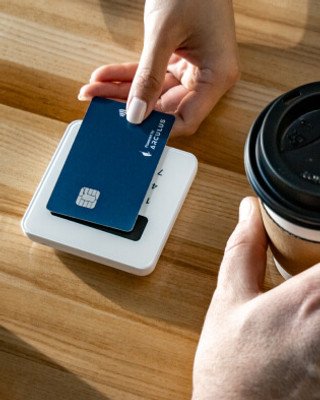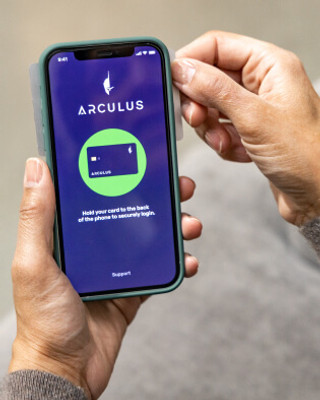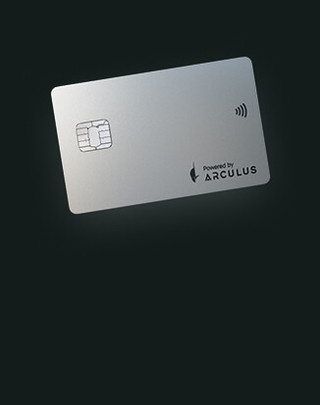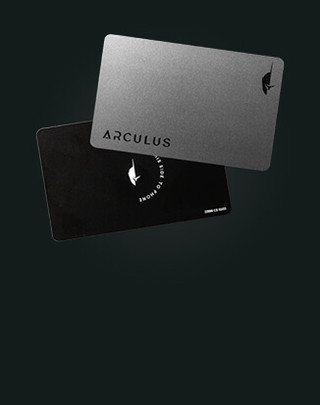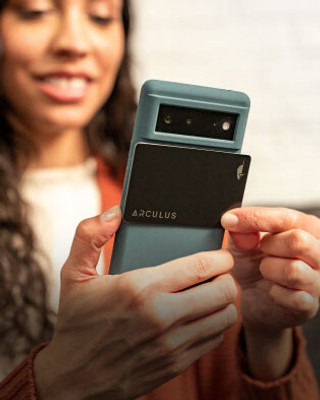The topics of intellectual property and NFTs are inextricably entwined. When you buy a piece of digital art from an NFT marketplace or mint a generative profile picture from a new NFT collection, what can you do with it? Can you display it in your home and on your Twitter profile? Can you print it on merchandise for sale? Can you make a cartoon starring your NFT avatar?
Intellectual property (IP) rights are a complex area of law, and the introduction of non-fungible tokens (NFTs) to the worlds of art and collectibles adds many new wrinkles. Let’s investigate the state of intellectual property and NFTs and try to bring some clarity to this new, and often unclear, topic.
The Three Components of NFT Art
We talk about buying NFTs, but an important concept to understand with NFT art is that the non-fungible token itself isn’t the art. The first component of an NFT is the digital artwork that exists as a JPEG or other standard format computer file. The second component, the NFT itself, is actually a token that provides on-chain authentication of ownership of a particular digital file. The art and the token are two separate things. The third, separate component is the set of IP rights for the art.
Think of it like owning a car. When you buy one, you also receive a title (recorded at the DMV) to prove your ownership of that specific vehicle. If the car is stolen, a thief wouldn’t be able to sell it to a legal buyer without the title. However, owning a Honda Civic and holding the proper title for it doesn’t mean you’re free to use Honda’s patents, trademarks, and other Civic-related IP that went into making your car.
With digital art NFTs, the artwork, the NFT, and the IP rights are also separate, interrelated parts. As with the Honda Civic, having a legitimate copy of the art and owning the NFT doesn’t automatically entitle you to use the underlying intellectual property embodied in the art.
Baseline IP Rights: Personal Use
IP laws exist to protect the interests of artists, authors, inventors, and other creators. Under U.S. copyright law, unless the creator explicitly assigns or licenses certain rights to a buyer, they retain exclusive rights to the art, even after they’ve sold it. This holds true for both physical and digital creative works.
So, by default, you only receive personal use rights when you buy an NFT. These include the exclusive right to hold, sell, transfer, and execute blockchain transactions involving the NFT, and the right to use, copy, and display the artwork.
License to Profit: Commercial Use
Some creators and NFT projects assign or license commercial usage rights to the owners of the NFTs, enabling them to use and monetize the artwork in a broader variety of ways.
Bored Ape Yacht Club (BAYC), for example, has IP terms and conditions that grant NFT holders both personal use and commercial use rights to the art. Among these rights is the ability to create derivative works based on their unique Bored Apes. For example, a California restaurateur utilized his commercial use rights to launch Bored & Hungry, a BAYC-themed burger restaurant that uses his Bored Ape NFT in its branding.
Open-Source IP: Creative Commons and Beyond
Several notable NFT projects, including Nouns, Moonbirds, and Mfers, elected to fully release their IP rights to the public under a Creative Commons CC0 “No Rights Reserved” license. This enables anyone to “freely build upon, enhance and reuse the works for any purposes without restriction under copyright or database law.”
Many people have utilized this creative license, creating popular derivative and collaborative projects such as Lil Nouns and pooly - pfers that help deepen and enhance the brand appeal of the original project.
To help improve transparency and clarity with intellectual property rights for NFT projects, Web3 venture capital firm, a16z crypto, developed a set of six, open-source “Can’t Be Evil” NFT licenses. They encourage NFT creators to freely use and adapt these standards to meet the IP goals and intentions of their projects and communities.
Intellectual Property and NFTs Meet Real-World Law
An article from the Initiative for CryptoCurrencies and Contracts (IC3) explains that even with more permissive licensing strategies, NFTs present many new pitfalls and areas of ambiguity for intellectual property rights. Smart contracts aren’t the same as legal contracts, so the code written into the NFT might not reflect how real-world legal details need to be handled.
Keep in mind that the artwork, the NFT, and the IP rights are separate components of an NFT sale. While the intent of a project like BAYC might be that the commercial IP rights should go to a new owner along with the NFT, IC3 points out that’s not how copyright law works. Section 204(a) of the Copyright Act requires that the transfer of ownership of copyright must be in writing and signed by the owner.
The authors illustrate how the sale of a Bored Ape between two parties in a marketplace could result in the new owner not receiving the IP rights along with their new NFT. The rights could remain with the seller or even revert to BAYC itself depending on the legal interpretation.
The intellectual property waters remain murky for creative works sold as NFTs. With most digital artwork and collectibles that you purchase, you can assume you’re free to use, copy, and display them for personal use. But if you hope to commercialize the IP of some NFT art or collectible, you should research the licensing terms of the project and get legal advice from a crypto-savvy intellectual property attorney before clicking the “Buy Now'' button.
